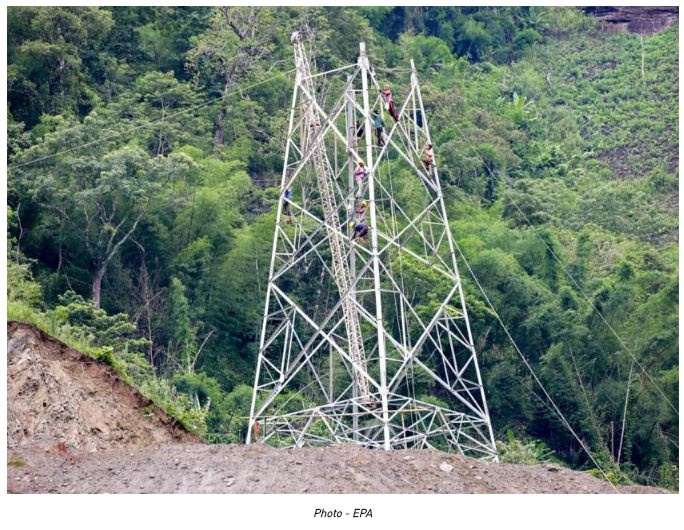Myanmar’s tariff hikes: daring but worth the risk
In a tremendous push towards sustainable development, Myanmar has finally raised its long-subsidised power tariffs, which took effect on July 1.
The move is a daring one, with the NLD-led government likely to lose its popularity just a year before the next General Election. On the flipside, the risk is worth taking given the potential to draw foreign investments, which generates growth and creates jobs.
Myanmar has been bogged down by insufficient and unequal access to electricity since its independence in 1948. Despite having taken land and other resources to raise the country’s capacity to generate power, the authorities have failed to connect swathes of the population to the national grid, which still does not cover many rural regions. Meanwhile, electricity has largely been a privilege enjoyed only in urban cities.
In Myanmar, unbalanced development across the country as a result of a shortage of electricity has also contributed to many prevailing socio-economic problems.
For example, millions of rural residents have left their homes in search of work and better livelihoods in more urban areas. As a result, cities like Yangon are struggling beyond their capacity to accommodate a rising population. Meanwhile, the poverty gap between urban and rural regions as well as residents and squatters in major cities continues to widen.
While the hike in power prices will offset state losses on tariff subsidies, these issues might continue to be a problem for years to come. Currently, the existing power grid covers just 40 percent of the country. Higher power prices though, are not expected to bring the remaining 60pc within coverage until at least 2030, when 100pc electrification in the country is targeted.
As such, the majority of the rural population who live in off-grid areas will have to continue paying around K500 per unit for diesel-generated power.
That is much higher than the rates residents covered by the national grid are paying, even after the tariff hikes. Under the revised rates, low-consumption residential users can expect to pay around – K35 per unit – for electricity, while users with heavier usage can expect to pay 1.7 to 2.4 times more, or as much as K125 per unit.
‘The move is a daring one, with the NLD-led government likely to lose its popularity just a year before the next General Election.’
For non-residential users, including embassies, businesses and international organisations, the tariff hike curve is not as steep – with rates increasing by 1.2 to 1.7 times and ranging between K125 and K180 a unit.
Nevertheless, the higher costs would still come as a shock to those who have taken years of cheap electricity for granted. Many Myanmar people have long been accustomed to government-subsidised electricity. Even when state losses as a result of subsidising tariffs exceeded US$300 million, the authorities were still reluctant to change the tariff structure to a more sustainable model.
While the previous government managed to delay and ultimately avoid dealing with this quagmire, the current NLD-led government has rightly come to terms with the need to raise tariffs, as the subsidies have come with many limitations and clearly cannot be guaranteed forever.
While the new tariffs may result in higher inflation, the move also yields positive opportunities, including opening the door for more investors in the sector. With more flexible pricing available, investor interest will rise, while more competition could see prices eventually adjusting to more reasonable levels.
Regular and predictable access to electricity will also draw many more investors from other industries who have shunned Myanmar due to the shortage of power.
The benefits do not stop there. The tariff hike will sharply raise awareness over the importance of saving electricity among the urban population. For decades, the ‘cheap and good’ mentality has always prevailed in Myanmar, where people tend to prefer paying less over quality.
That mindset could change going forward, as people start seeing the benefit of paying more for power-saving products over the short term, in order to save more over the long term. It may also pave the way for a new and growing industry revolving around energy efficiency in Myanmar.
Source: https://www.mmtimes.com/news/myanmars-tariff-hikes-daring-worth-risk.html


 English
English




